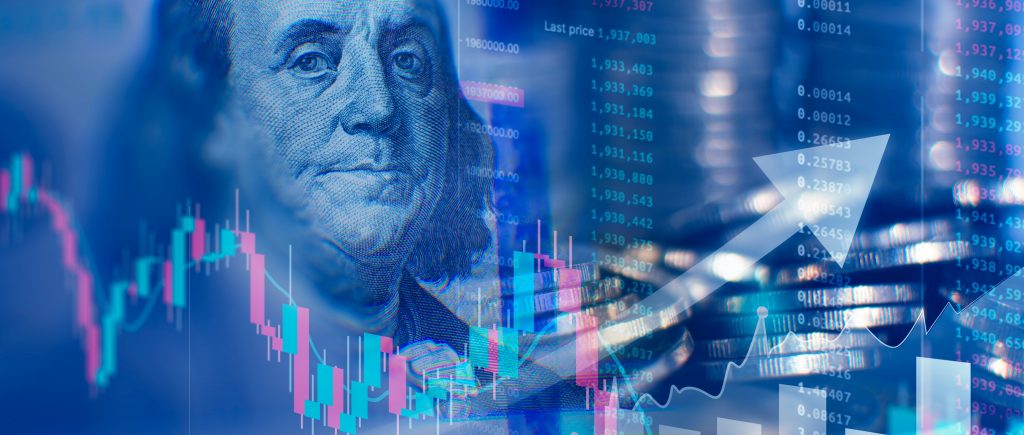In cautious trading on Wednesday, the dollar maintained its position as investors awaited crucial US inflation data later in the week, which could impact Federal Reserve policy. Meanwhile, Bitcoin faced fluctuations after a false social media post caused turmoil in the markets.
The US Securities and Exchange Commission (SEC) reported that someone briefly accessed a prominent figure’s social media account, posting a fake message endorsing the approval of Bitcoin exchange-traded funds (ETFs). The SEC clarified that it had not yet approved the order. Bitcoin experienced a surge to a new 21-month peak of $47,897 following the fake post, only to drop below $45,000 within minutes after the SEC refuted its authenticity.
As of recent trading, Bitcoin was down by 0.37 percent, settling at $45,953. Expectations of a positive SEC decision on ETFs, potentially attracting substantial investments, have been a key factor supporting Bitcoin prices in recent months.
In the currency market, the dollar sustained its gains, with the dollar index, measuring the US currency against a basket of six currencies, reaching 102.53 after a 0.215 percent rise on Tuesday. This month, the index has seen a 1 percent increase, rebounding from a 2 percent decline in December, as traders reevaluate possibilities related to the size and timing of US interest rate cuts.
Market dynamics shifted after the Federal Reserve’s unexpected dovish stance in December, revising its forecast for a 75 basis point interest rate cut in 2024. This change intensified expectations of monetary easing, with traders last month anticipating cuts of up to 160 basis points. Attention is now focused on Thursday’s release of the US Consumer Price Index (CPI) report, crucial for forecasting the likelihood of a March interest rate cut. The report is expected to reveal a monthly inflation rate increase of 0.2 percent and an annual rise of 3.2 percent.
In other currency movements, the euro remained relatively stable at $1.093, while sterling dipped by 0.05 percent to $1.2699. The Japanese yen saw a 0.17 percent decline, reaching $144.70.
Conversely, the Australian dollar rose by 0.22 percent to 0.6703 against the dollar, and the New Zealand dollar experienced a 0.09 percent increase, reaching 0.6242 against the dollar.
 Noor Trends News, Technical Analysis, Educational Tools and Recommendations
Noor Trends News, Technical Analysis, Educational Tools and Recommendations





